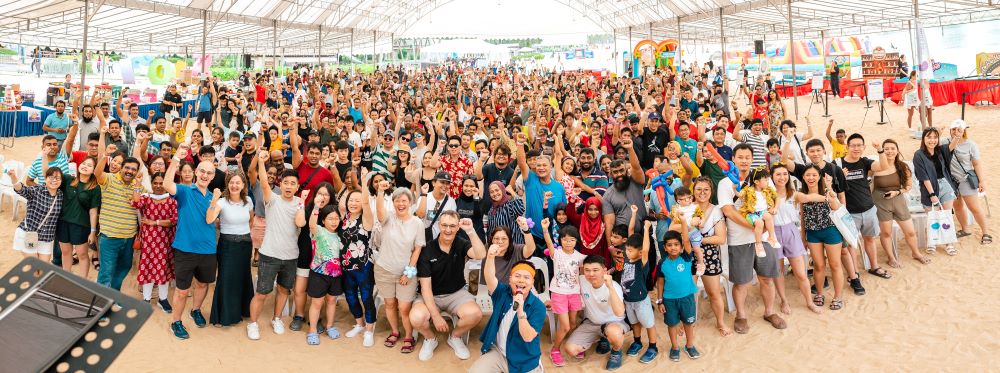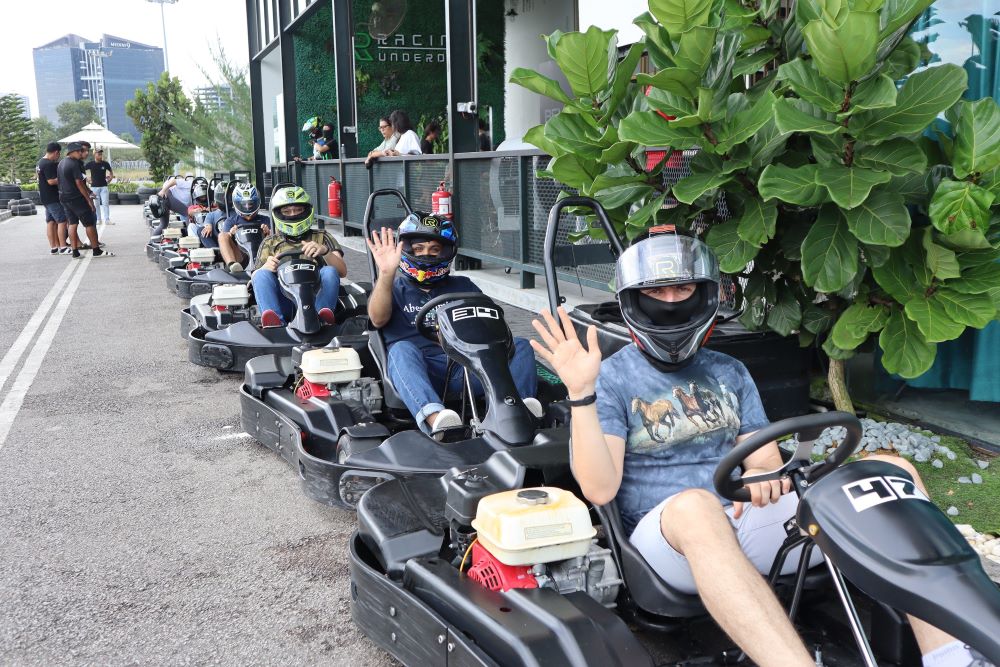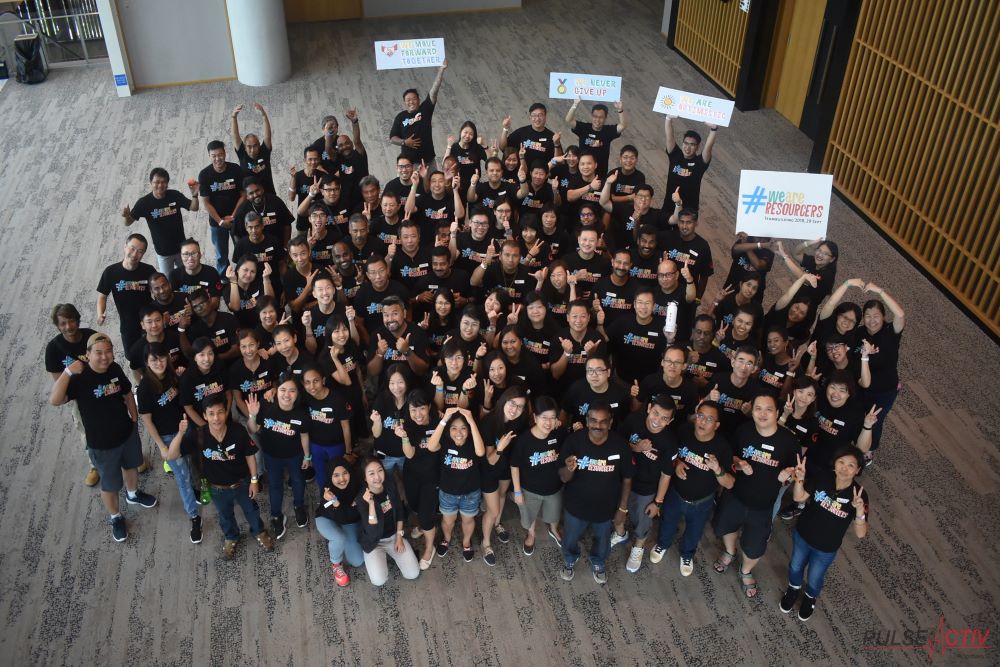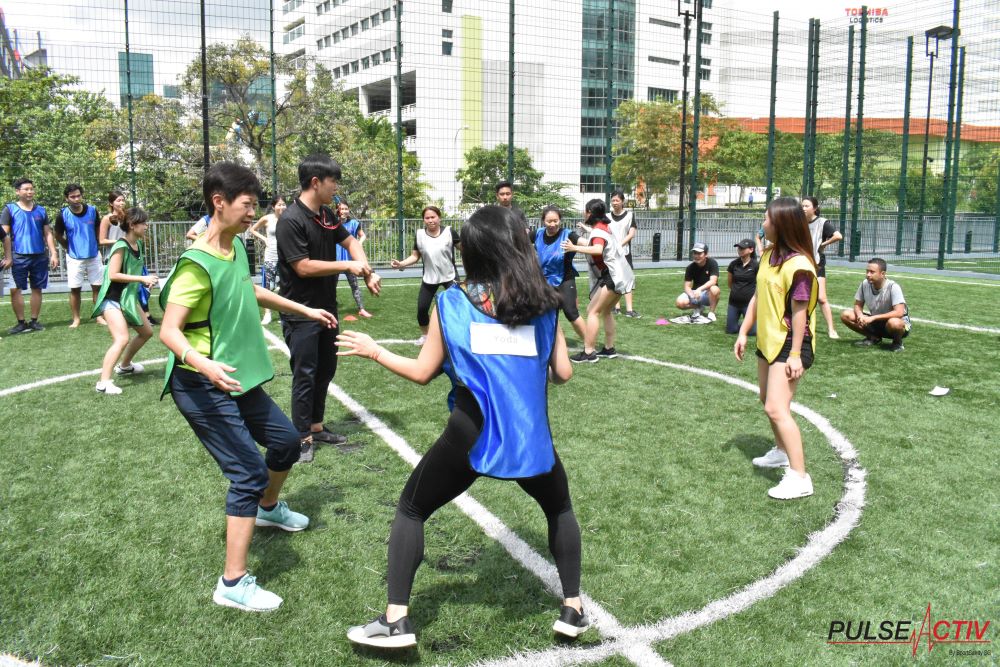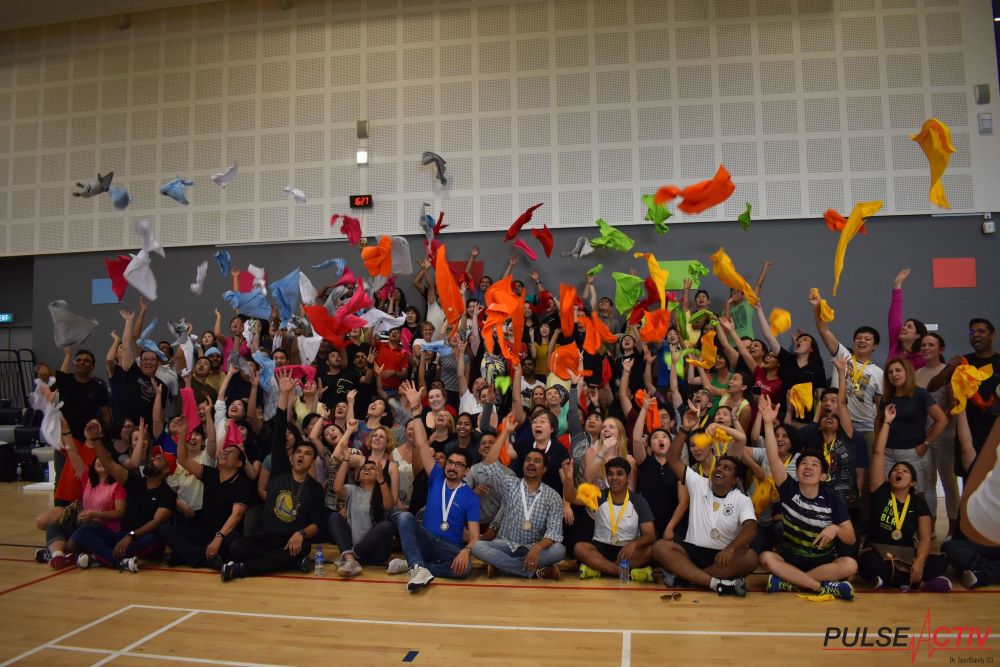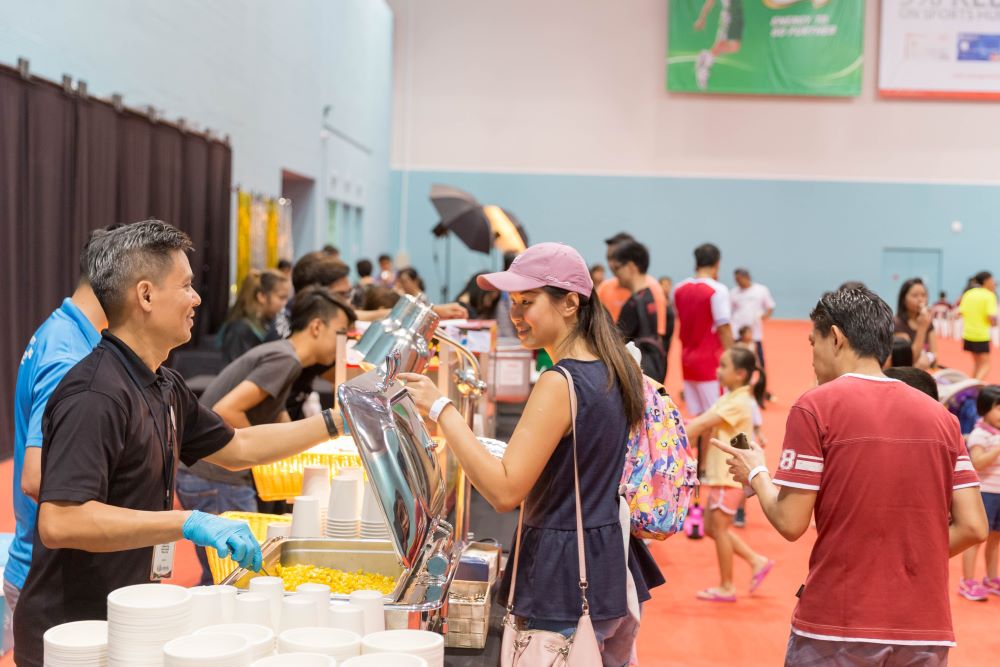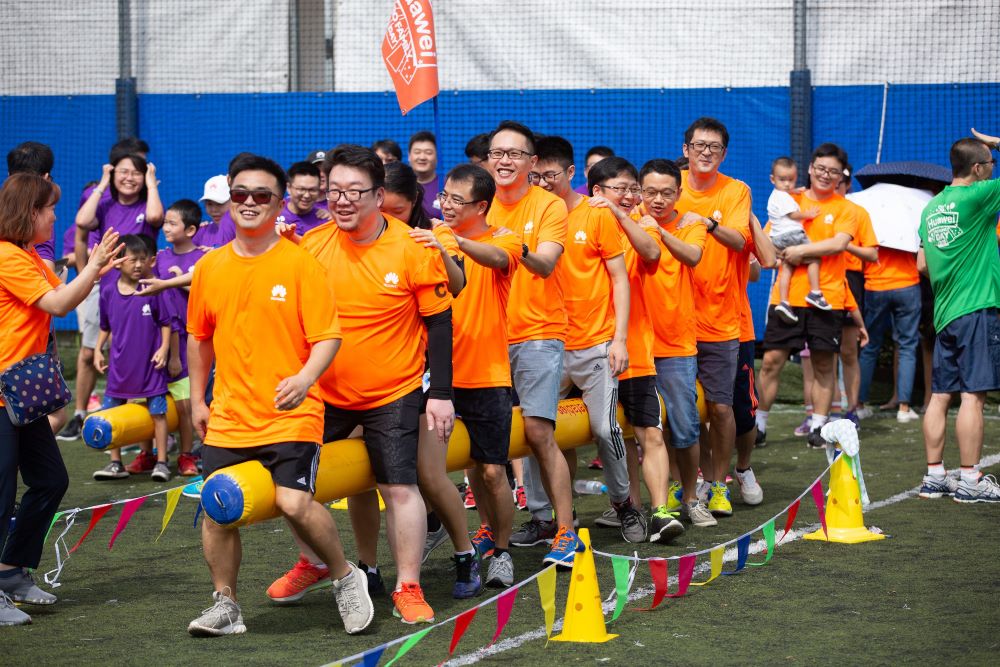Measuring the ROI of Corporate Events: What HR Needs to Know
Corporate events have become a vital part of business strategies, contributing to everything from employee engagement and team-building to brand awareness and networking opportunities. However, in an era where every investment must demonstrate value, measuring the return on investment (ROI) for these events is crucial. For HR professionals, this task involves more than just assessing financial returns; it’s about showing how these events align with company goals, enhance employee performance, and provide long-term benefits. This article will delve into the methods HR can use to measure the ROI of corporate events and how to present this data effectively to stakeholders.
1. Understanding ROI in the Context of Corporate Events
The concept of ROI in corporate events extends beyond immediate financial returns. While traditional ROI calculations focus on profit versus investment, HR must consider both tangible and intangible benefits. Tangible benefits might include increased sales, leads generated, or cost savings, while intangible benefits could be improved employee morale, stronger company culture, or enhanced brand reputation.
2. Setting Clear Objectives and Key Performance Indicators (KPIs)
The first step in measuring ROI is establishing clear objectives for the event. What does the company hope to achieve? Objectives might include:
- Boosting employee engagement and satisfaction.
- Strengthening team collaboration.
- Enhancing brand awareness.
- Generating new business leads.
Once objectives are set, HR should define specific KPIs to track progress toward these goals. KPIs could include:
- Employee engagement scores before and after the event.
- Number of new business contacts or leads generated.
- Social media mentions and brand visibility metrics.
- Cost savings from improved processes introduced during the event.
3. Pre-Event Planning and Data Collection
HR should begin collecting data well before the event takes place. Pre-event surveys can gauge employee expectations and current engagement levels. This data serves as a baseline for measuring post-event improvements. Additionally, setting up tools and processes to track real-time data during the event, such as attendance rates, participant feedback, and social media activity, will be crucial for post-event analysis.
4. Post-Event Surveys and Feedback Analysis
Post-event surveys are one of the most effective ways to gather qualitative data on the event’s success. These surveys should ask participants to rate their experience, the event’s impact on their work and engagement, and whether the event met its stated objectives. Analyzing this feedback can provide valuable insights into the event’s effectiveness and areas for improvement.
5. Analyzing Financial Data
While intangible benefits are significant, financial metrics cannot be ignored. HR should collaborate with finance teams to analyze the event’s direct costs and any revenue generated as a result. This analysis might include:
- Comparing the event budget to actual expenditures.
- Tracking sales or leads generated from the event.
- Calculating cost savings from process improvements or enhanced team efficiency.
6. Assessing Employee Performance and Retention
One of the most critical indicators of an event’s success is its impact on employee performance and retention. HR can track changes in productivity, collaboration, and overall morale following the event. Additionally, monitoring employee retention rates in the months after the event can provide insights into the event’s long-term impact.
7. Leveraging Technology for Data Collection and Analysis
Technology plays a significant role in modern event management, from registration systems to event apps that track participant engagement. HR should leverage these tools to collect data efficiently and analyze it in real-time. For example:
- Event management software can track attendance and session popularity.
- Social media analytics tools can measure brand visibility and engagement.
- Employee feedback platforms can aggregate and analyze survey responses.
8. Presenting ROI Data to Stakeholders
Once data is collected and analyzed, HR must present the findings to stakeholders in a way that clearly demonstrates the event’s value. This involves translating data into actionable insights and recommendations. For example:
- Highlighting how the event contributed to achieving company goals.
- Demonstrating cost savings or revenue generated.
- Presenting qualitative feedback to show the event’s impact on employee morale and company culture.
9. Continuous Improvement: Using Data to Enhance Future Events
Measuring ROI is not a one-time task; it’s an ongoing process that should inform future event planning. HR should use the data collected to refine event strategies, improve ROI in future events, and align more closely with company objectives. This could involve adjusting event formats, choosing different venues, or focusing on activities that provide the most value.
10. Aligning Corporate Events with Strategic Business Goals
To maximize ROI, HR must ensure that corporate events are aligned with the company’s broader strategic goals. This means that events should not only be seen as isolated activities but as integral parts of the company’s overall strategy. By aligning events with business objectives, HR can create more targeted, impactful events that deliver measurable results.
11. Considering the Intangible Benefits
While financial ROI is essential, HR should also consider the intangible benefits that might not be immediately quantifiable. These could include:
- Enhanced company culture and team cohesion.
- Improved employee satisfaction and morale.
- Strengthened relationships with clients or partners.
- Increased innovation and creativity sparked by the event.
These intangible benefits, while harder to measure, are crucial for long-term business success and should be factored into the overall assessment of ROI.
Conclusion
Measuring the ROI of corporate events is a multi-faceted task that requires careful planning, data collection, and analysis. By setting clear objectives, leveraging technology, and considering both tangible and intangible benefits, HR can demonstrate the true value of corporate events to stakeholders. Moreover, by continuously improving event strategies based on data, HR can ensure that each event contributes meaningfully to the company’s long-term goals, ultimately making a significant impact on business success.
To head back to read another article in our blog, click here.
